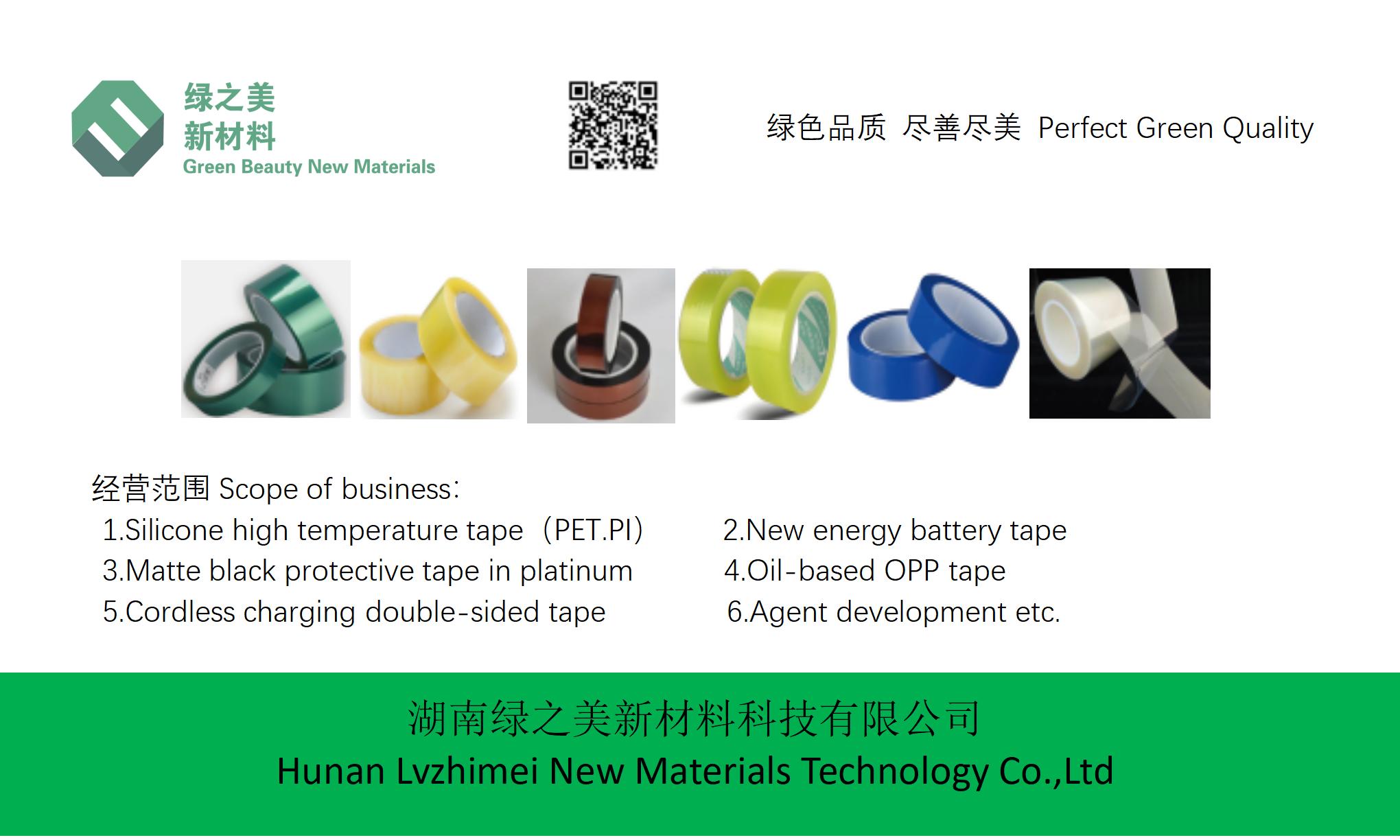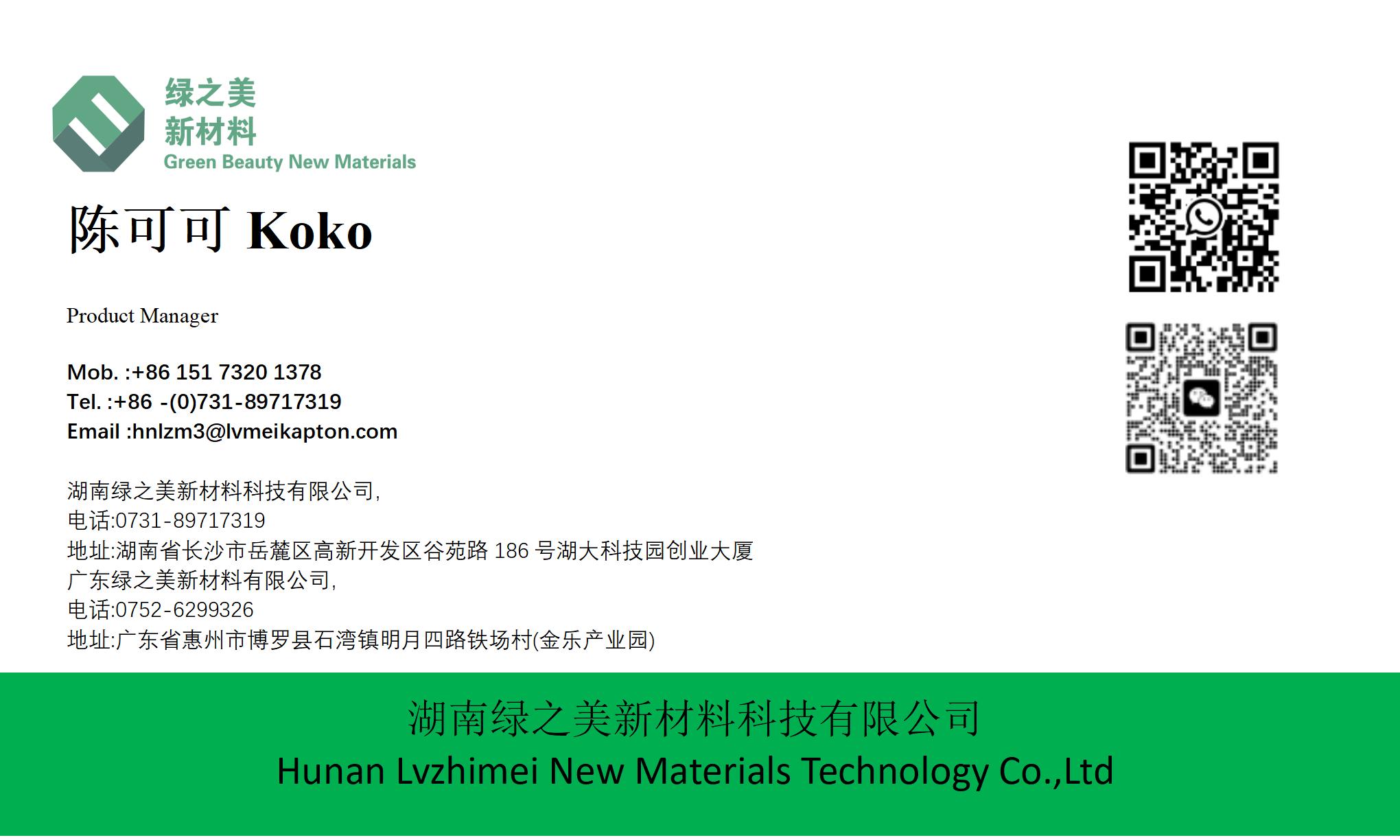hnlzm@lvmeikapton.com
+86 13787123465


Hunan Lvzhimei New Material Technology Co., Ltd.


NameDescriptionContent
What Hidden Costs Arise from Using Self-Adhesive Back Blocking Spray Paint Tape in Offshore Wind Turbines? |https://www.lvmeikapton.com/
Source:
|
Author:Koko Chan
|
Published time: 2025-04-18
|
0 Views
|
Share:
The rapid growth of offshore wind energy has spurred innovation in materials and technologies to withstand harsh marine environments. Self-adhesive back blocking spray paint tape (SBBT) is a commonly used adhesive tape for temporary protection during turbine maintenance or repainting. However, its application in offshore wind turbines may conceal significant hidden costs that impact project lifecycle economics. This paper delves into the technical drawbacks, environmental vulnerabilities, and economic implications of SBBT, highlighting the need for alternative solutions such as brown circuit board high-temperature tape (BCBHT) to mitigate long-term risks.


What Hidden Costs Arise from Using Self-Adhesive Back Blocking Spray Paint Tape in Offshore Wind Turbines?
IntroductionThe rapid growth of offshore wind energy has spurred innovation in materials and technologies to withstand harsh marine environments. Self-adhesive back blocking spray paint tape (SBBT) is a commonly used adhesive tape for temporary protection during turbine maintenance or repainting. However, its application in offshore wind turbines may conceal significant hidden costs that impact project lifecycle economics. This paper delves into the technical drawbacks, environmental vulnerabilities, and economic implications of SBBT, highlighting the need for alternative solutions such as brown circuit board high-temperature tape (BCBHT) to mitigate long-term risks.
Technical Performance Comparison: Salt Spray Testing (ISO 9227)ISO 9227:2022, the international standard for salt spray corrosion testing, provides critical insights into material durability. When subjected to neutral salt spray (NSS), acetic acid salt spray (AASS), or copper-accelerated acetic acid salt spray (CASS) tests, SBBT demonstrates inferior resistance compared to BCBHT. Key findings include:
●
SBBT: Corrosion onset after 300 hours, adhesive failure, and bubbling due to saltwater infiltration.
●
BCBHT: Maintains structural integrity with strong adhesion and blocking properties after 1,000 hours, surpassing ISO 9227 requirements.
Table 1: Comparative Salt Spray Test Data (ISO 9227)
Material | Salt Spray Test Duration (ISO 9227) | Corrosion Resistance | Adhesive Retention |
Self-Adhesive Back Blocking Spray Paint Tape (SBBT) | 300 hours | Moderate (Bubbling, Delamination) | Fair |
Brown Circuit Board High Temperature Tape (BCBHT) | 1,000 hours | Excellent (No Corrosion, No Bubbling) | Superior |
The disparity in salt spray performance underscores SBBT’s susceptibility to chloride-induced corrosion, a pervasive threat in offshore environments. This vulnerability translates into higher maintenance costs, shorter asset lifespan, and potential safety risks.
Hidden Costs: Beyond the Purchase Price
1.
Frequent Maintenance and Replacement
○
Shortened Lifespan: SBBT’s limited resistance to salt spray necessitates replacement every 3-5 years, compared to BCBHT’s 10+ year durability.
○
Maintenance Intervals: Frequent inspections and tape reapplication disrupt turbine operations, reducing energy production.
Example: A 500 MW offshore wind farm with 100 turbines requires ≈2millioninSBBTreplacementannually,vs.0.5 million for BCBHT over a 20-year lifecycle.
2.
Corrosion-Induced Damage Propagation
○
Underlying Component Degradation: SBBT’s failure to fully block saltwater infiltration exposes substrates (e.g., aluminum, steel) to galvanic corrosion, accelerating structural damage.
○
Unforeseen Repair Costs: Corroded bolts, circuit boards, or coatings require expensive repairs, often exceeding initial tape costs.
Case Study: A European wind farm experienced gearbox corrosion due to SBBT delamination, incurring $5 million in repairs and 6-month downtime.
3.
Safety and Regulatory Risks
○
Reduced Asset Reliability: Corrosion weakens turbine components, increasing the risk of failures during storms or high-wind conditions.
○
Non-Compliance Penalties: Stricter offshore environmental regulations (e.g., EU’s Marine Strategy Framework Directive) may penalize projects with inadequate corrosion protection.
4.
Human and Environmental Costs
○
Maintenance Hazards: Frequent offshore operations expose technicians to safety risks, including vessel accidents and exposure to corrosive materials.
○
E-waste Generation: Discarded SBBT contributes to plastic waste accumulation in marine ecosystems, undermining sustainability goals.
Economic Analysis: Total Cost of Ownership (TCO)To quantify the hidden costs, a TCO model comparing SBBT and BCBHT is presented (Table 2). Key assumptions:
●
Wind farm capacity: 500 MW (100 turbines)
●
SBBT cost: 0.50/m2vs.BCBHT:1.20/m² (initial investment)
●
Annual maintenance frequency: SBBT = 2x, BCBHT = 1x
●
Turbine downtime cost: $50,000/day
Table 2: TCO Comparison Over 20 Years
Cost Component | SBBT | BCBHT |
Initial Material Cost | $500,000 | $1,200,000 |
Cumulative Replacement Cost | $10,000,000 (20 years) | $2,400,000 (10 years) |
Maintenance Labor & Equipment | $6,000,000 (20 years) | $1,500,000 (10 years) |
Downtime Losses | $5,000,000 (100 days) | $1,000,000 (20 days) |
Total Cost | $21,500,000 | $6,100,000 |
Savings with BCBHT | -$15,400,000 |
BCBHT: A Cost-Effective SolutionBCBHT’s superior performance arises from its unique properties:
1.
Advanced Adhesion Technology: Polymer-based adhesive systems resist saltwater ingress, ensuring long-term bonding.
2.
High-Temperature Resistance: Withstands turbine thermal cycling (up to 260°C), preventing thermal degradation.
3.
Corrosion Inhibition: Embedded inhibitors (e.g., zinc oxide) create a sacrificial barrier, protecting underlying metals.
4.
Environmental Durability: UV-resistant and weatherproof, reducing degradation from solar radiation and salt spray.
Case Study: BCBHT Implementation in a Chinese Offshore Wind FarmA 300 MW wind farm in the Bohai Sea replaced SBBT with BCBHT in 2020. After 5 years:
●
Maintenance Reduction: Tape replacement frequency decreased from annual to biennial, saving $1.2 million/year.
●
Corrosion Mitigation: No gearbox or electrical cabinet failures attributed to tape-related corrosion.
●
ROI: Payback period for BCBHT investment was 2.5 years, driven by downtime avoidance.
Challenges and Considerations
1.
Initial Investment: BCBHT’s higher upfront cost requires lifecycle cost modeling to justify adoption.
2.
Application Complexity: Specialized training may be needed for proper installation to ensure optimal performance.
3.
Material Compatibility: BCBHT must be validated for compatibility with turbine coatings and substrates.
ConclusionSelf-adhesive back blocking spray paint tape, despite its convenience, poses substantial hidden costs in offshore wind turbines. Technical deficiencies in salt spray resistance, coupled with frequent maintenance demands and corrosion risks, translate into significant economic burdens over project lifecycles. Brown circuit board high-temperature tape offers a cost-effective alternative, balancing upfront investment with long-term durability and reliability. As offshore wind projects increasingly prioritize sustainability and asset longevity, material selection must prioritize performance data (e.g., ISO 9227) and lifecycle cost assessments to avoid costly pitfalls.



Hunan Lvzhimei New Material Technology Co., Ltd.
Quick Links
Product Categories
© 2024 Hunan Lvzhimei New Material Technology Co., Ltd.All Rights Reserved. Designed by Erge
0731 - 89717319
hnlzm@lvmeikapton.com
+86 13787123465
Room 502, Chuangye Building, No186, Guyuan Road, High-Tech District, Changsha, Hunan, China
CONTACT



